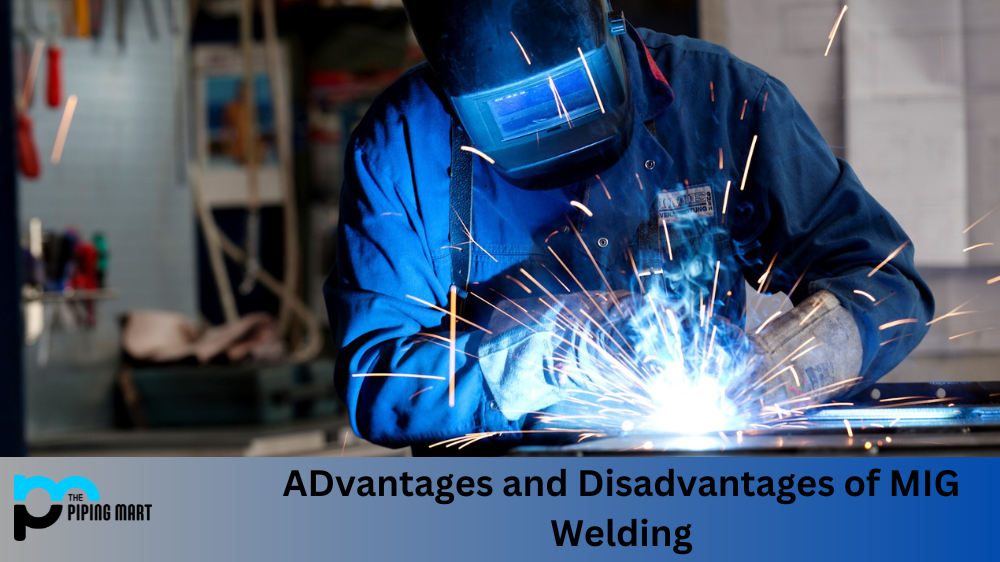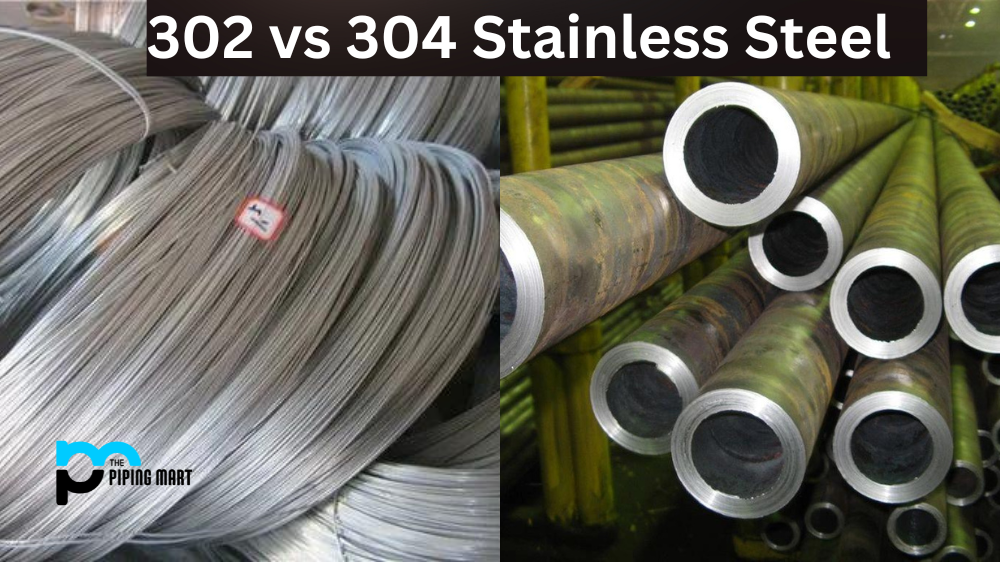MIG welding, or Metal Inert Gas welding, is an arc welding process in which an electric arc forms between a consumable wire electrode and the base material. The method uses a shielding gas to protect the weld from contamination. It is one of the most popular welding processes because it’s relatively easy to learn and can be used on various materials, including steel, aluminum, magnesium, and copper alloys. Let’s take a look at the advantages and disadvantages of MIG welding so that you can decide if it’s right for your project.
Advantages of MIG Welding
The main advantage of MIG welding is its speed. The wire feed system allows for extremely high deposition rates and fast travel speeds, making it ideal for large projects requiring extensive welding. It also produces strong welds with excellent bead characteristics and good penetration capabilities. The equipment is relatively inexpensive compared to other types of welding processes, making it attractive for small businesses or hobbyists who don’t want to invest too much money in their projects.
MIG welding also has a few safety hazards associated with it since it does not require slag removal or fume extraction systems like some other processes do. This makes it particularly appealing in industrial settings with stringent worker safety requirements.
Additionally, MIG welding has excellent versatility –it can be used on materials such as aluminum and stainless steel without requiring special techniques or equipment modifications. Lastly, cleanup is quick and easy since there isn’t any slag or spatter to remove after each pass.
- MIG welding is a fast and efficient way to weld metal.
- MIG welding produces high-quality welds.
- MIG welding is less likely to produce defects than other welding methods.
- MIG welding is less likely to cause metal contamination.
- MIG welding can be used on various metals, including aluminum and stainless steel.
Disadvantages of MIG Welding
Despite its popularity among welders, there are some drawbacks to using this type of process. One major disadvantage is that MIG welders require frequent maintenance due to the moving parts in their design, such as drive rolls and contact tips which wear out quickly with heavy use over time. Additionally, because the process uses a shielding gas that must be constantly supplied during operation, it can be difficult to use outdoors or in windy conditions unless special precautions are taken to ensure adequate shielding gas coverage at all times. Finally, because the arc time (the amount of time that current flows through the circuit) is typically shorter than with other processes such as stick welding, more heat input into the workpiece occurs, which can lead to warping or distortion of thin material if proper heat control techniques aren’t employed.
- MIG welding can be more expensive than other welding methods.
- MIG welders require a constant supply of shielding gas, which can be costly.
- MIG welds can be less strong than welds made with other methods.
- MIG welding can be difficult to learn and master.
- MIG welding can produce harmful fumes and gases.
Conclusion:
Overall, MIG welding offers many benefits compared to other welders. However, some drawbacks should be considered before investing in this equipment, such as frequent maintenance requirements and potential issues with heat-warping thin materials if proper technique isn’t used when operating the welder. With careful consideration, however, MIG welders offer an excellent solution for professional welders looking to complete large projects quickly while maintaining good quality results. If you think this type of welder might be right for you, research different models available on the market before making a purchase decision. That way, you’ll know what features will best meet your specific needs!

Abhishek is a seasoned blogger and industry expert, sharing his insights and knowledge on various topics. With his research, Abhishek offers valuable insights and tips for professionals and enthusiasts. Follow him for expert advice on the latest trends and developments in the metal industry.




